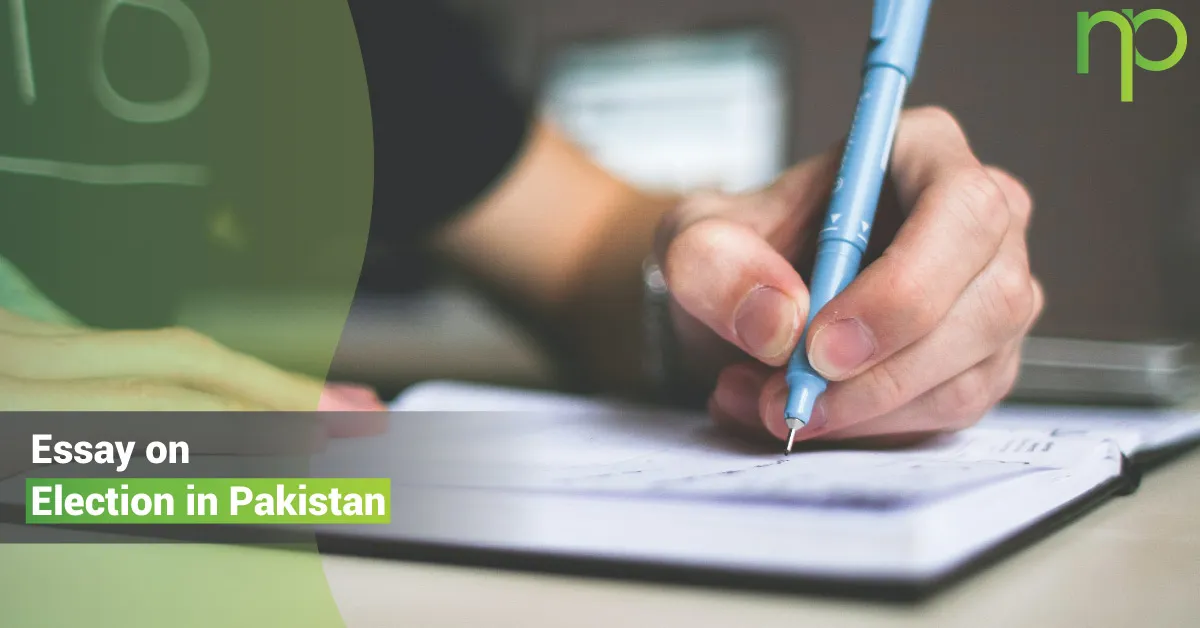
- November 22, 2023
- ubaidah khan
- 0
Elections in Pakistan aren’t simply a political exercise; they’re an abecedarian expression of popular values and principles. As the nation navigates its political geography, choices play a vital part in shaping its fortune. This composition delves into the multifaceted aspects of choices in Pakistan, exploring their literal significance, the complications of the electoral system, the part of political parties, and the challenges and reforms that define the popular process.
Literal Perspective:
The roots of choices in Pakistan trace back to its independence in 1947. Over the decades, the nation has witnessed a tumultuous political trip marked by military interventions, political paroxysms, and a gradational elaboration towards popular governance. Crucial mileposts include the first general choices in 1970, which led to the creation of Bangladesh, and posterior struggles for popular rule.
Electoral System:
Pakistan operates on a mixed-member commensurable representation system, combining first-once-the-post and commensurable representation rudiments. This system aims to ensure fair representation for colorful political parties, reflecting the diversity of the country. Still, it isn’t without its challenges, with calls for nonstop reforms to enhance translucency and effectiveness.
Political Parties:
The political terrain in Pakistan is characterized by a different array of political parties, each with its testaments, strengths, and challenges. The Pakistan Tehreek-e-Insaf (PTI), led by Prime Minister Imran Khan, the Pakistan Muslim League-Nawaz (PML-N), and the Pakistan People’s Party( PPP) are among the prominent players. Understanding their dynamics is pivotal to grasping the nuances of Pakistani politics.
Election juggernauts:
Election juggernauts in Pakistan are dynamic, various, and frequently violent. Political parties employ colorful strategies to connect with the electorate, ranging from traditional rallies and door-to-door canvassing to using ultramodern tools like social media. The part of technology, particularly in the digital age, has become decreasingly significant in shaping public opinion during election seasons.
Voter Turnout:
Voter turnout in Pakistani choices is told by a myriad of factors. Socio-profitable conditions, political stability, and geographical considerations all play a part. Encouraging high turnout is nonstop trouble, with enterprise aimed at educating the public about the significance of communal participation.
Electoral Challenges:
Despite progress, choices in Pakistan aren’t without challenges. Allegations of apparel, irregularities, and other malpractices have been literal enterprises. Addressing these challenges is essential for fostering trust in the popular process. Recent reforms, including the use of technology for transparent voting, demonstrate a commitment to prostrating these obstacles.
Women in choices:
The participation of women in Pakistani choices has seen advancements over time, but gender differences persist. Sweats to enhance women’s representation in politics continue, with proportions and mindfulness juggernauts contributing to positive changes. Achieving gender equivalency in politics remains an ongoing bid.
Youth Engagement:
Engaging the youth in the electoral process is pivotal for the sustainability of the republic. Pakistan has a significant youth population, and enterprises to educate and involve youthful choosers are essential for erecting a politically apprehensive and active populace. Youth-led movements and juggernauts have played a notable part in shaping the political converse.
International Perspectives:
Comparing Pakistan’s electoral system with those of other countries provides precious perceptivity. The transnational community observes Pakistani choices, offering perspectives on the nation’s popular trips. Learning from global practices can contribute to the nonstop enhancement of the electoral process.
Electoral Reforms:
In response to challenges faced in former choices, Pakistan has accepted electoral reforms. These reforms aim to address issues similar to apparel, enhance translucency, and streamline the electoral process. Nonstop evaluation and adaptation are necessary to meet the evolving requirements of a dynamic republic.
Post-Election scripts:
The fate of choices in Pakistan involves the confirmation of the government and the perpetration of programs. The transition from choices to governance is a critical phase, and the opinions made during this period have far-reaching counteraccusations for the nation’s future.
Future Outlook:
Anticipating unborn trends in Pakistani choices involves considering technological advancements, changing demographics, and evolving political geographies. As the country moves forward, conforming the electoral system to meet the requirements of an ultramodern society is essential for a robust and inclusive republic.
Public Perception:
Public perception of choices is a pivotal factor in the success of a popular process. The part of media in shaping these comprehensions, furnishing unprejudiced information, and easing informed decision- timber cannot be exaggerated. A well-informed electorate is the bedrock of a healthy republic.
Conclusion:
In conclusion, choices in Pakistan are a complex interplay of history, politics, and societal dynamics. From the challenges faced during the electoral process to the post-election scripts, each phase contributes to the nation’s popular fabric. As Pakistan continues its popular trip, addressing challenges, embracing reforms, and fostering broad participation is crucial to a vibrant and flexible republic.